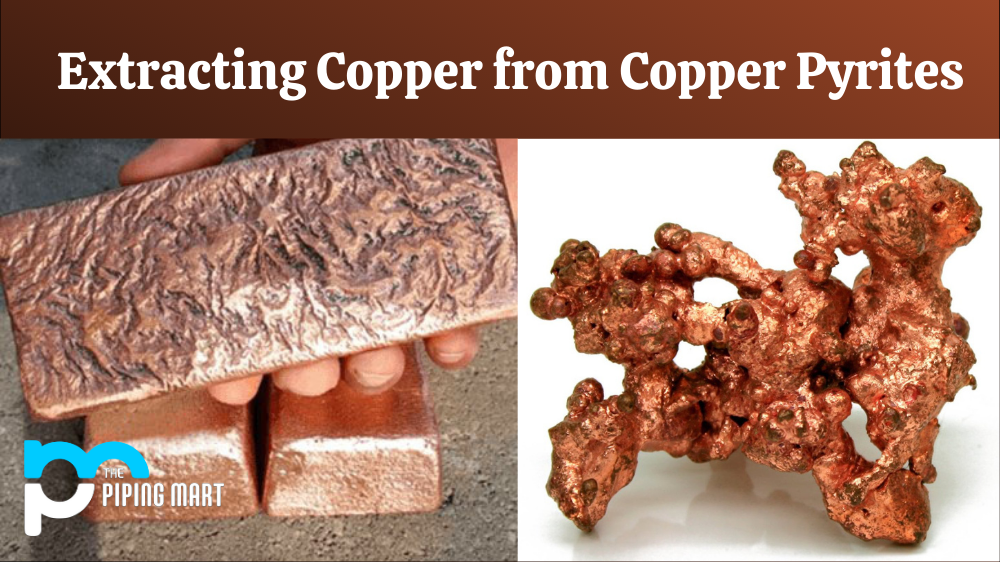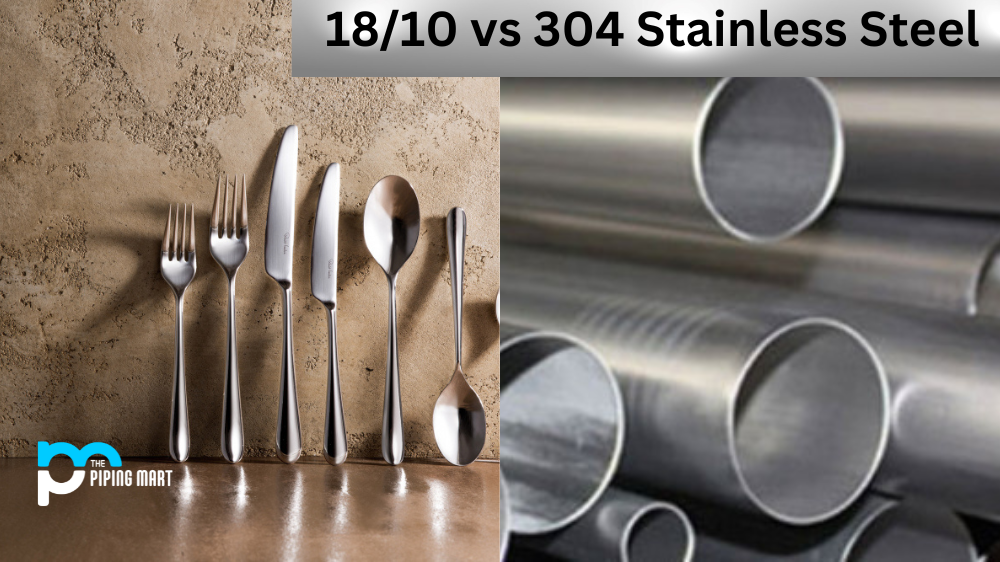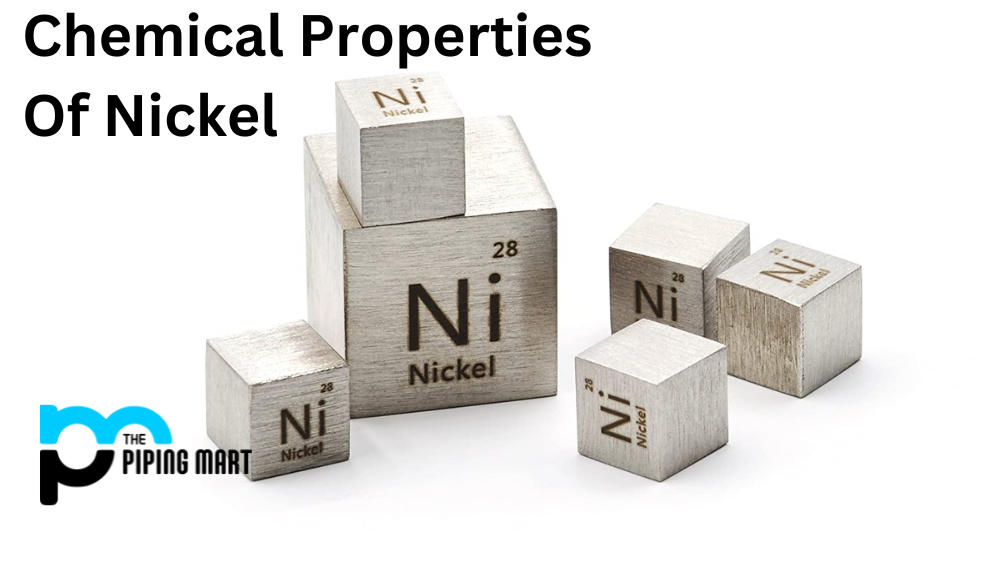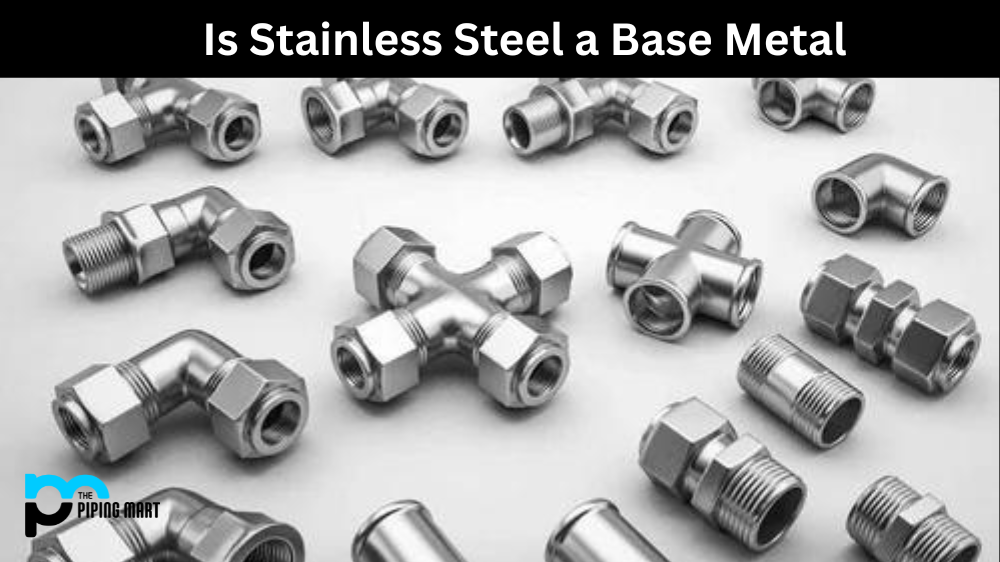Copper has been used by humans for thousands of years, so it is no surprise that many methods have been developed to extract the metal from its ore. One of the most common and effective methods for extracting copper is through the process of pyrometallurgy, or smelting. In this blog post, we’ll discuss how copper is extracted from copper pyrites and what steps are involved in the process.
The extraction of copper from copper pyrites involves several steps. First, the ore must be crushed into a fine powder to increase surface area and allow for easier extraction of the metal. Once this has been accomplished, the material is then heated to temperatures ranging between 1000 – 1100 degrees Celsius in a furnace known as a reverberatory furnace. The heat helps to separate impurities such as sulfur and iron oxide which are then removed via slag.
Once these impurities have been removed, the remaining material is then mixed with flux materials such as silica or limestone and heated further until it melts into a liquid known as matte (copper sulfide). This matte is then placed into an oxidizing furnace where oxygen-rich air is introduced. As a result of this oxidation process, sulfur dioxide gas is released while metallic copper collects at the bottom of the furnace as slag. This slag can then be tapped off and further processed using different techniques depending on its intended use.
Finally, after all these steps have been completed, what remains is pure copper which can be melted down and formed into various shapes and sizes depending on its intended use. It should also be noted that much of this process takes place in an enclosed environment where specific safety measures need to be taken to ensure safe working conditions for all personnel involved in handling hazardous materials such as molten copper.
Conclusion:
Extracting copper from copper pyrites requires several steps including crushing, heating up to temperatures over 1000 degrees Celsius, separating out impurities such as sulfur and iron oxide, mixing with flux materials such as silica or limestone, and heating further until it melts into matte (copper sulfide), introducing oxygen-rich air into an oxidizing furnace to remove sulfur dioxide gas while collecting metallic copper at the bottom of the furnace as slag before finally melting down what remains for pure copper production. For those looking to extract their own copper from ore or other sources, it’s important to take all necessary safety precautions when dealing with molten metals!

Pipingmart is a B2B portal that specializes in metal, industrial and piping items. Additionally, we share the latest information and information about materials, products and various types of grades to assist businesses that are involved in this business.




